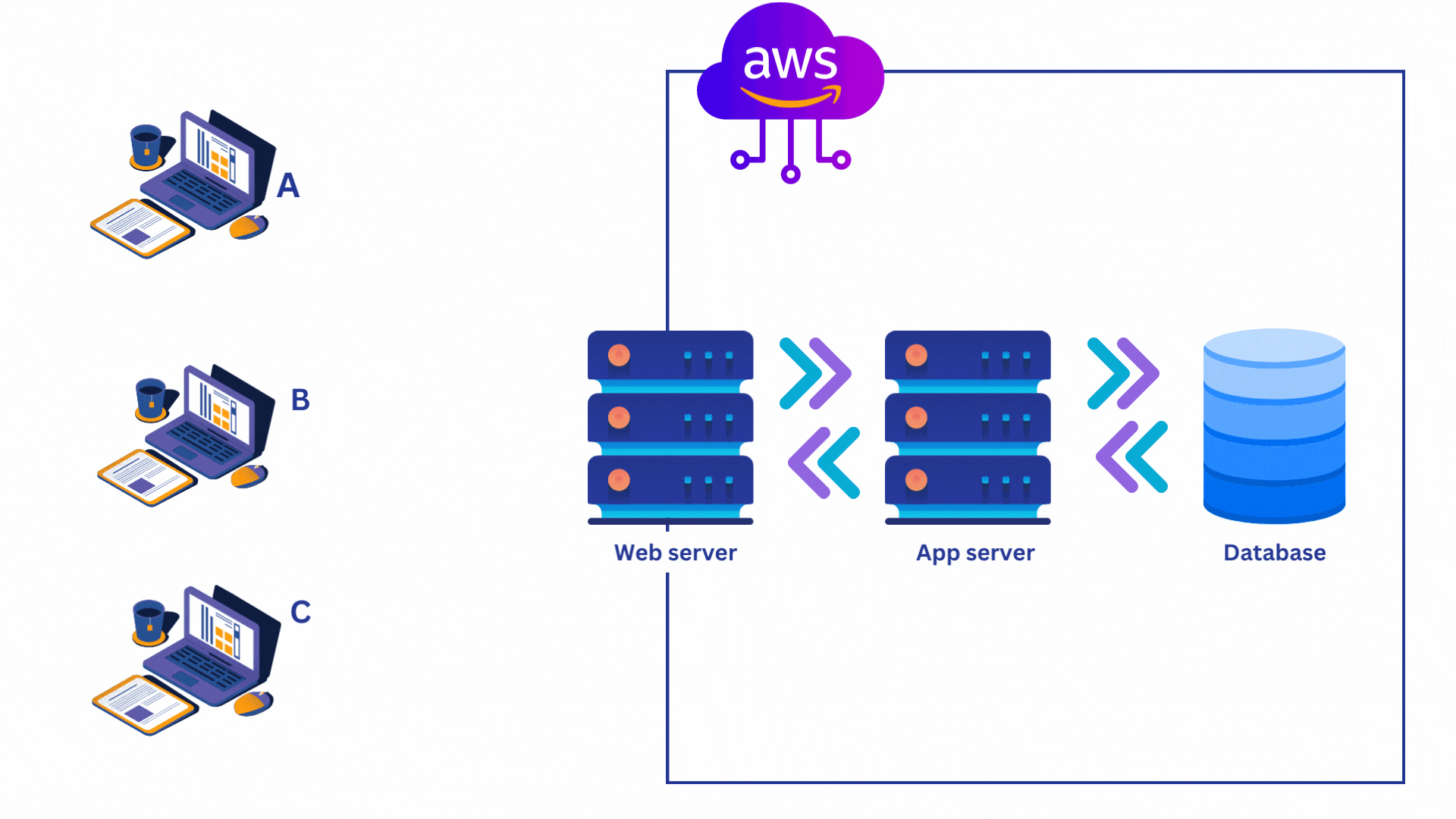
- Three-Tier Architecture: As mentioned in the previous response, the three-tier architecture divides an application into three logical layers: presentation layer, business logic layer, and data storage layer. It is primarily focused on structuring the application’s components and separating concerns. The layers are typically organized as follows:
- Presentation Layer: Handles the user interface and user interactions. It is responsible for capturing user input and presenting information to the users.
- Business Logic Layer: Contains the application’s core functionality, rules, and workflows. It processes user requests, performs computations, and implements business logic.
- Data Storage Layer: Manages the storage and retrieval of data. It includes databases, file systems, or other storage mechanisms.
The primary purpose of the three-tier architecture is to provide modularity, scalability, and separation of concerns within an application.
I’m a DevOps/SRE/DevSecOps/Cloud Expert passionate about sharing knowledge and experiences. I am working at Cotocus. I blog tech insights at DevOps School, travel stories at Holiday Landmark, stock market tips at Stocks Mantra, health and fitness guidance at My Medic Plus, product reviews at I reviewed , and SEO strategies at Wizbrand.
Do you want to learn Quantum Computing?
Please find my social handles as below;
Rajesh Kumar Personal Website
Rajesh Kumar at YOUTUBE
Rajesh Kumar at INSTAGRAM
Rajesh Kumar at X
Rajesh Kumar at FACEBOOK
Rajesh Kumar at LINKEDIN
Rajesh Kumar at PINTEREST
Rajesh Kumar at QUORA
Rajesh Kumar at WIZBRAND

